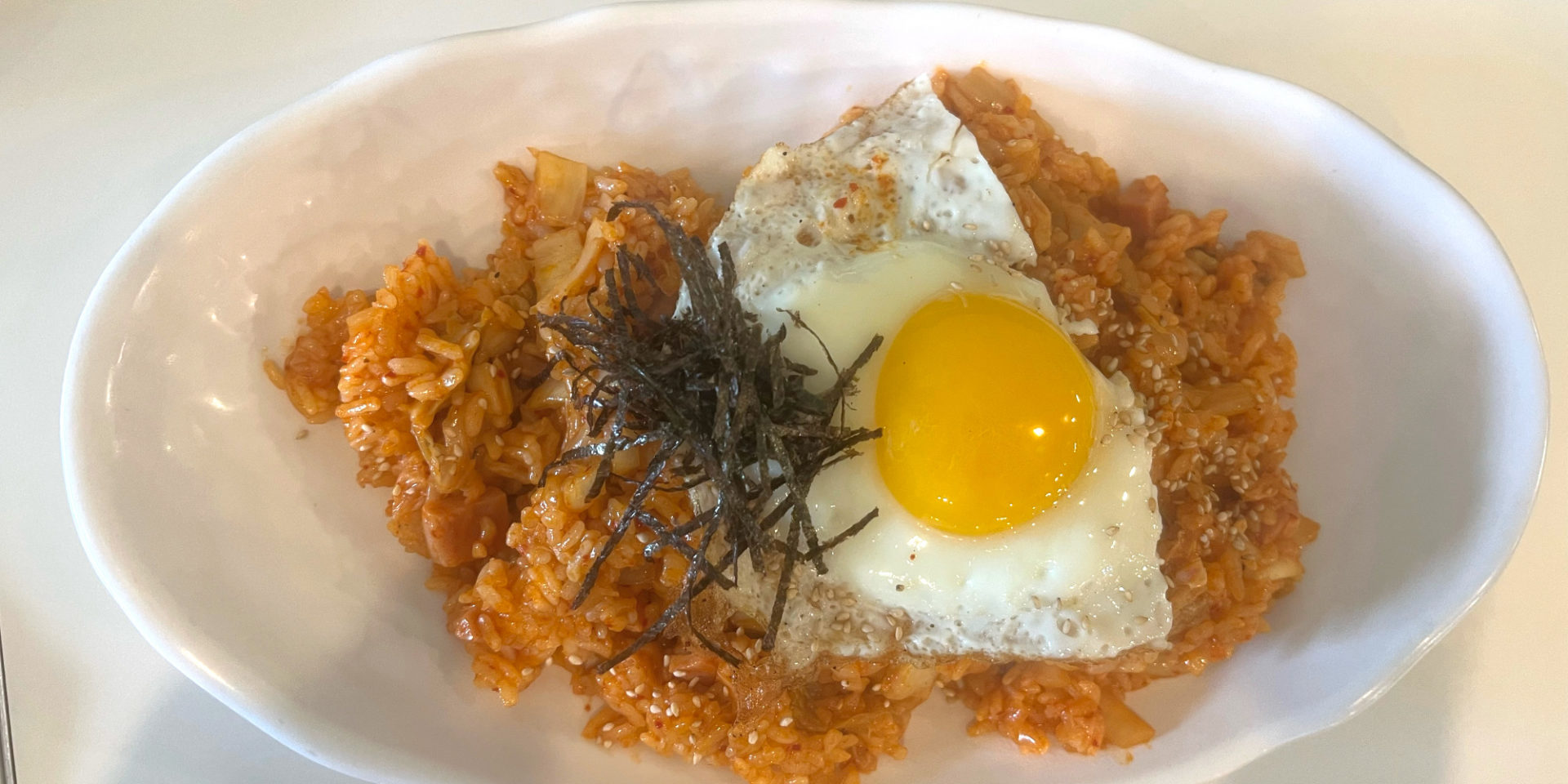“We serve you the same authentic cuisine that we would serve at home.” That’s what’s written on San Maru’s website. San Maru feels just like this: a warm, home-cooked meal full of flavor and heart. San Maru is open for lunch and closes for a few hours and reopens for dinner. Every time I have gone to San Maru, the tables, both inside and outside, are full of people stopping in for a quick lunch bite or having a family dinner. San Maru is located at The Crossing off Duncan Road by Windsor. There is plenty of parking in the front and the back, so it’s perfect for a dine-in meal or quick carry-out. My family of six stopped in San Maru for dinner.
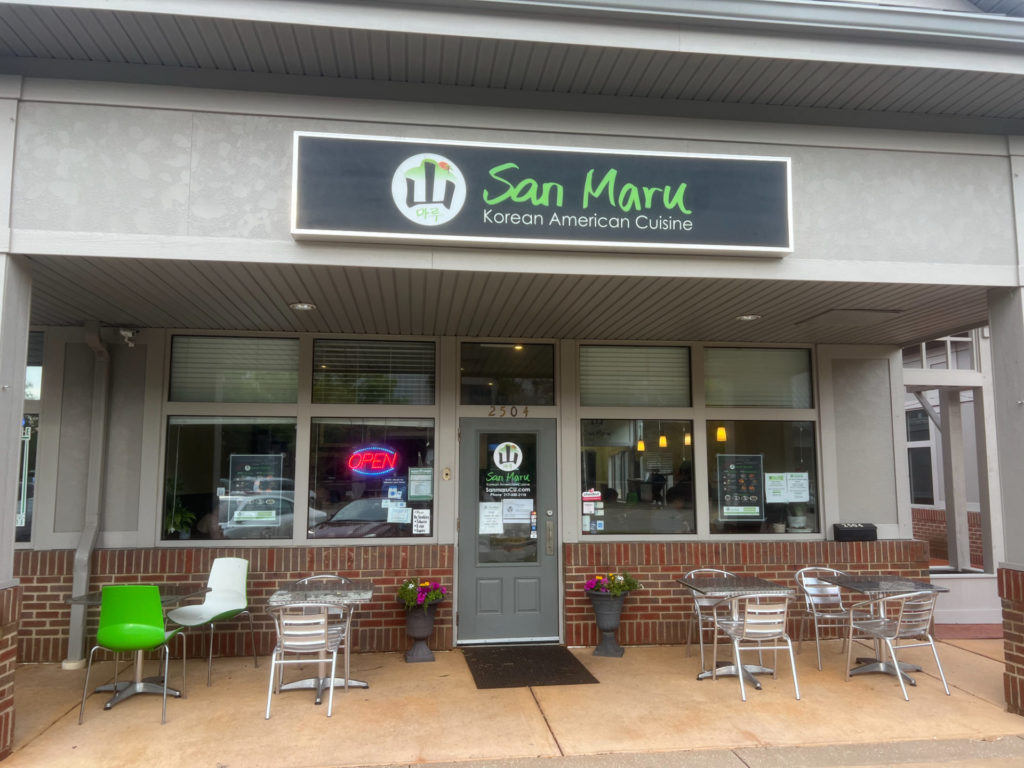
Over time, my family has tried nearly everything on the menu, and nothing has disappointed. This time my family did not order the dumplings, known as mandoo in Korean. However, the mandoo is must try and they make them from scratch with a choice of meat or veggie mandoo ($7.99), either fried or steamed. We often get one fried and one steamed as appetizers to share for a family of six. However, this time, my family ordered a full order of San Maru’s Korean chicken wings ($26.99).
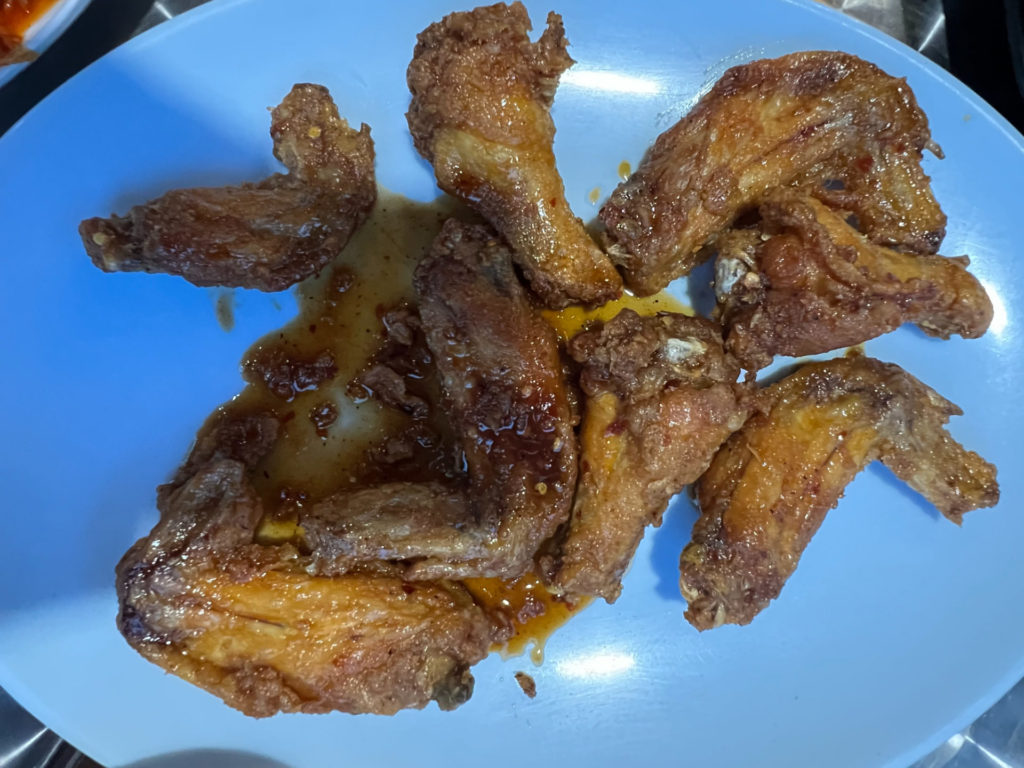
We ordered the half-and-half option, where half of the wings were dressed in a spicy sauce, and half were a sweet teriyaki, but sauce can be served on the side. Koreans love fried chicken, and San Maru’s fried chicken was a perfect crispy texture with either sauce and was fitting as an appetizer or a main dish.
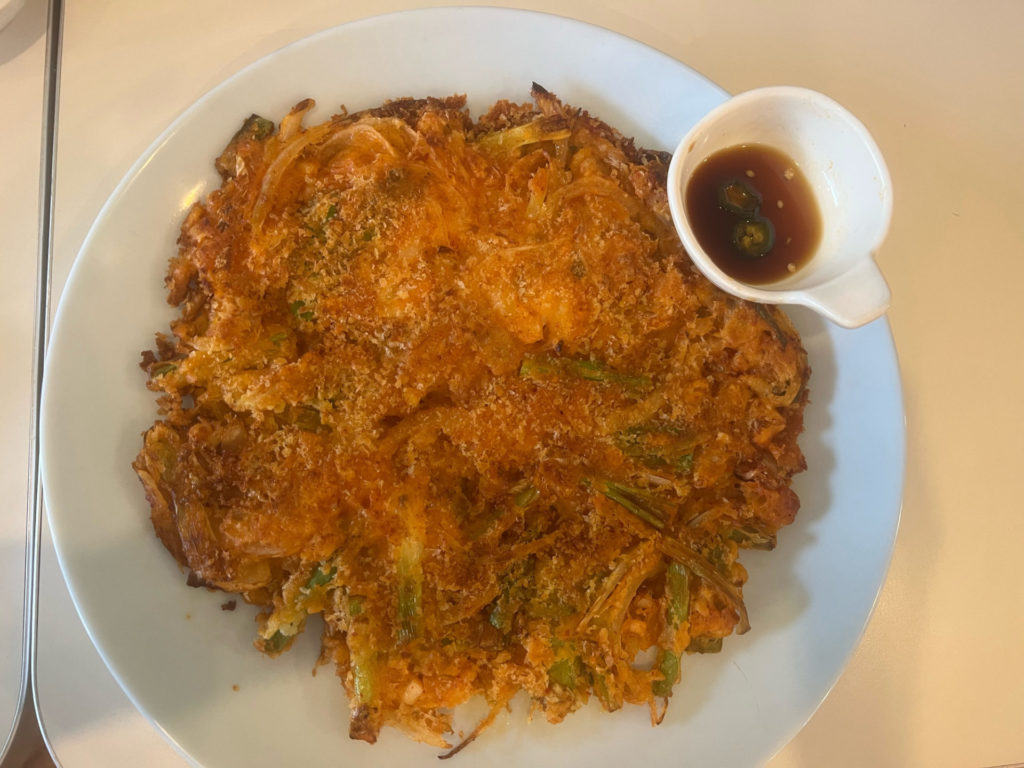
Another amazing appetizer we ordered was the kimchi and squid pancake ($15.99). When you think of pancakes, one might think fluffy, soft, and sweet. However, Korean pancakes are the opposite; they are usually crispy, savory, and loaded with veggies. This kimchi pancake was full of onions, green onions, kimchi, and squid. It came with a sweet and tangy soy-vinegar dipping sauce. We cut it (like a pizza) and shared it as a family. It was a great appetizer to share, and there was so much left over, we got to eat it the next day (it’s perfect in the air fryer).
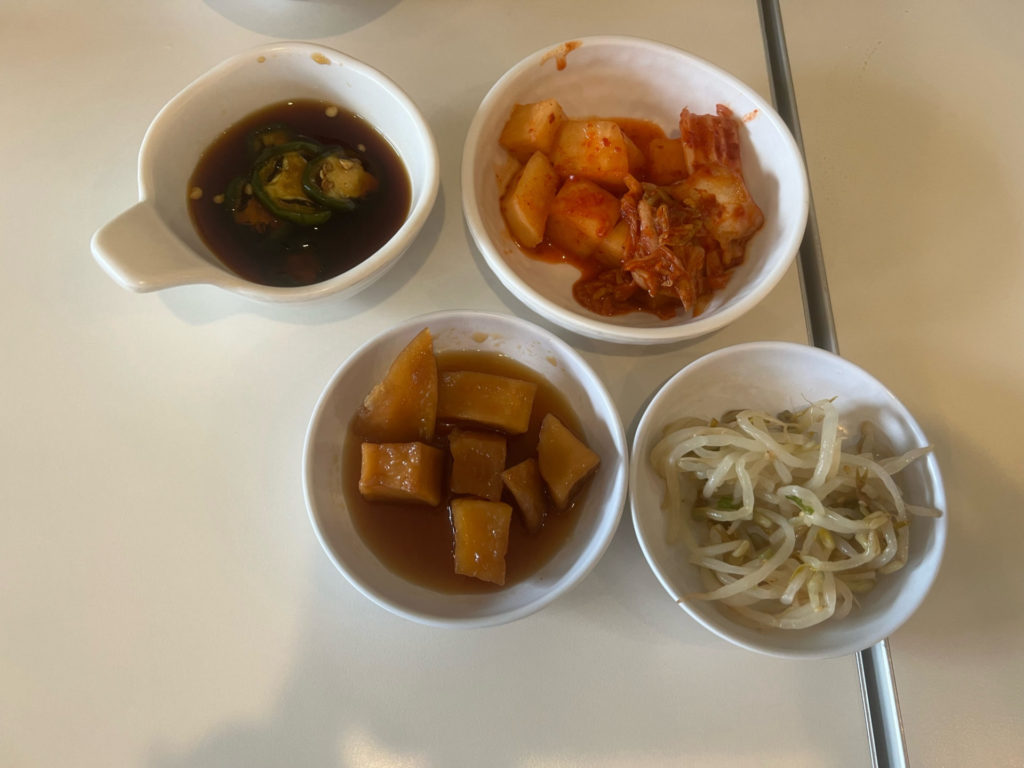
I would be remiss not to mention the Korean banchan that comes with the meal. A friend of mine went to a Korean restaurant and told me that she was very confused because they brought out these little dishes and was not sure why because she had not ordered them, but she proceeded to try them and enjoyed the variety of side dishes. When she told me this story, I explained that this is exactly what banchan is. They are small side dishes that come complimentary with the meal. You never know what they will be, but usually, it includes some form of kimchi, potato salad, bean sprouts, or veggies. You can also ask for more of the banchan, but the dishes are small for a reason.

Onto the main dishes: Koreans are known for their hot stews, and of course, often, they are spicy. We ordered two spicy stews: one is the seafood soon dubu jjigae ($13.99). Jjigae means hot stew, and dubu is tofu. This stew was described as a spicy, soft tofu soup with seafood and egg. It came in a stone bowl where the soup was steaming hot. I poked the yolk and mixed it with the soup, and it cooked as I stirred it. Then we enjoyed this with a bowl of rice. It was a perfect stew for a cold winter day, but it can be enjoyed year-round.
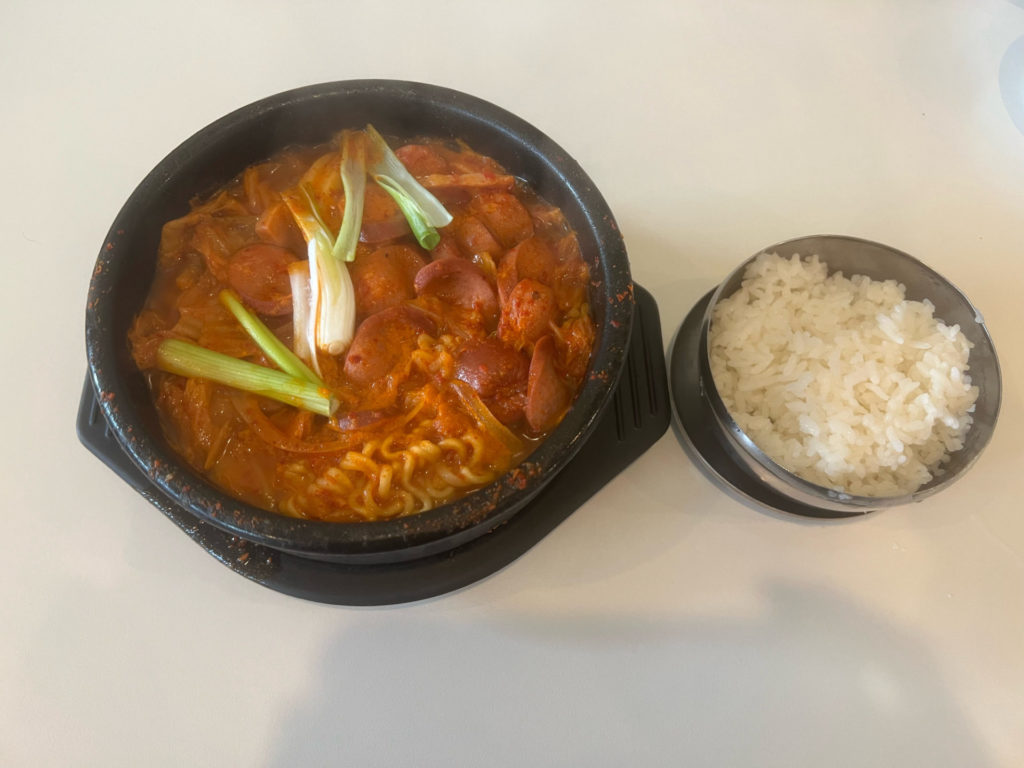
The next stew we ordered was budae jjigae, ($14.99) otherwise known as army stew. The story goes that back in the day when folks were in the army, people threw in meats and whatever was on hand (e.g., spam, hot dog, kimchi, beans, rice cakes, ramen, etc.) to make a stew. Hence army stew was born. Interestingly, we recreate budae jjigae today even though we are not in the army because it is so tasty, spicy, and hearty. It may not sound like the most appetizing dish, but you really have to give it a try. The kimchi, meats, and ramen make a perfect combination with white rice. This is a family favorite and one of the main reasons my kids love Korean food.
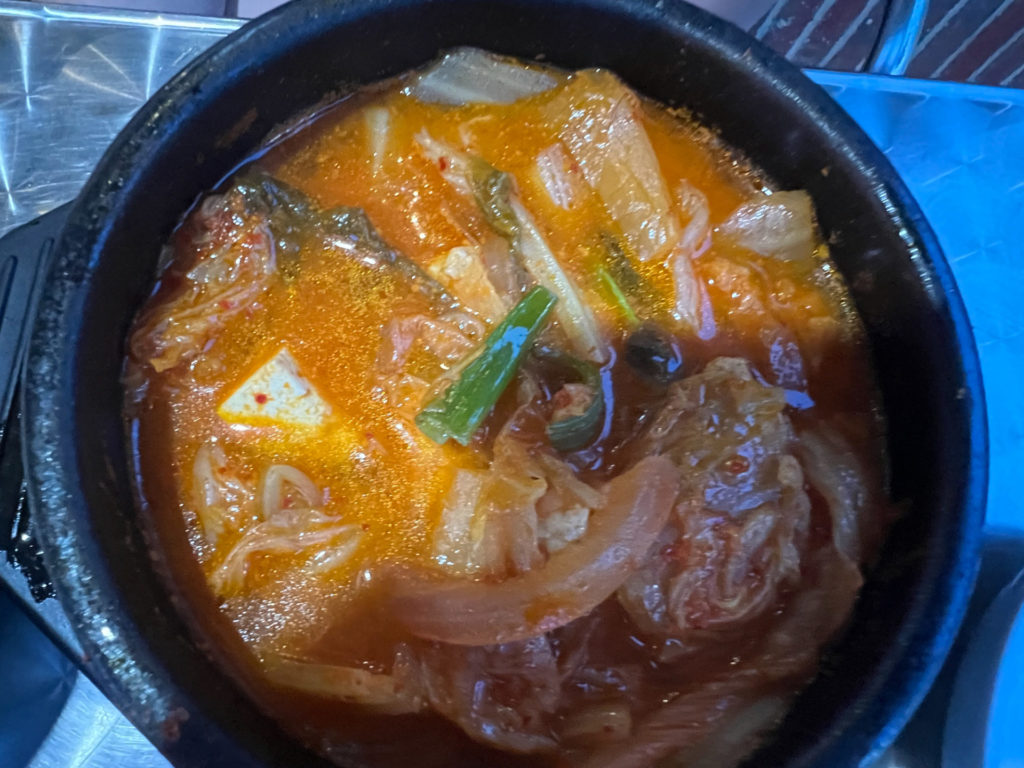
Another iconic staple Koreans are known for is kimchi. Kimchi is a pickled spicy cabbage, but it could be kimchi cabbage, cucumbers, radish, and really just about anything. When the kimchi often gets overly ripe or fermented, it’s a good time to make kimchi jjigae (stew) ($13.99) or kimchi bogumbap (fried rice) ($13.99). We ordered both of these dishes, and they were extremely tasty and flavorful.
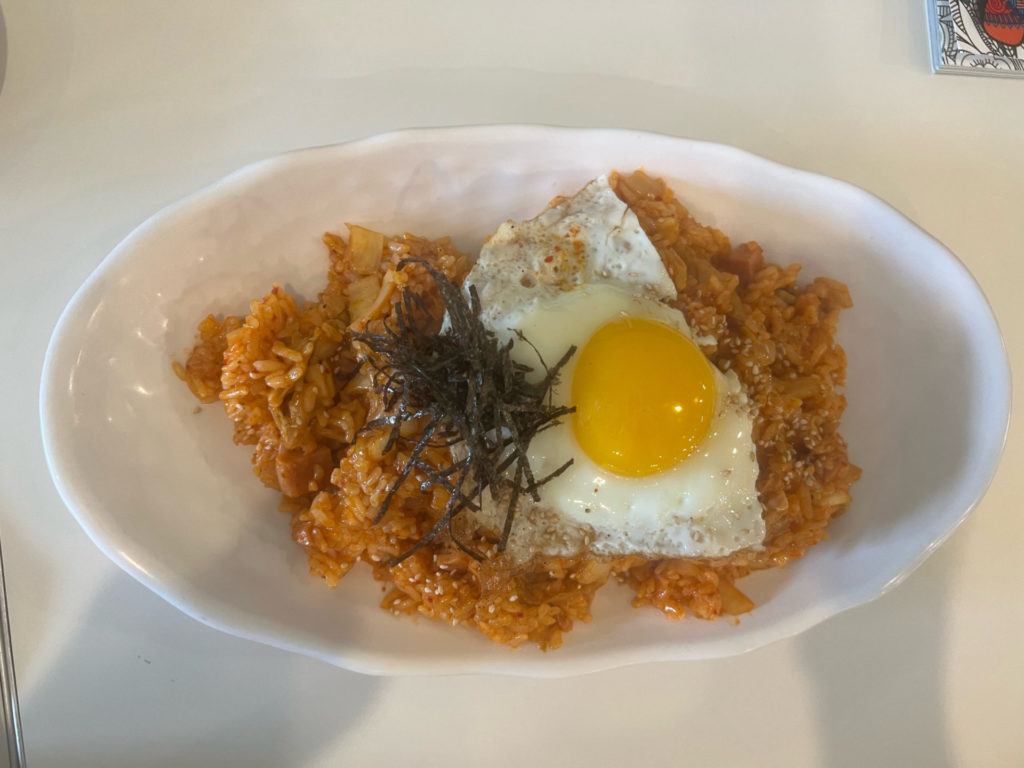
My younger kids can even eat the kimchi fried rice and don’t think it’s overly spicy. The kimchi stew was both hot in temperature and spicy in flavor and perfect for a cold winter day. You may think the kimchi jjigae and budae jjigae look the same, and you’re not wrong. They are very similar, but the kimchi jjigae has more kimchi and tofu and often fewer types of meat than the budae jjigae.
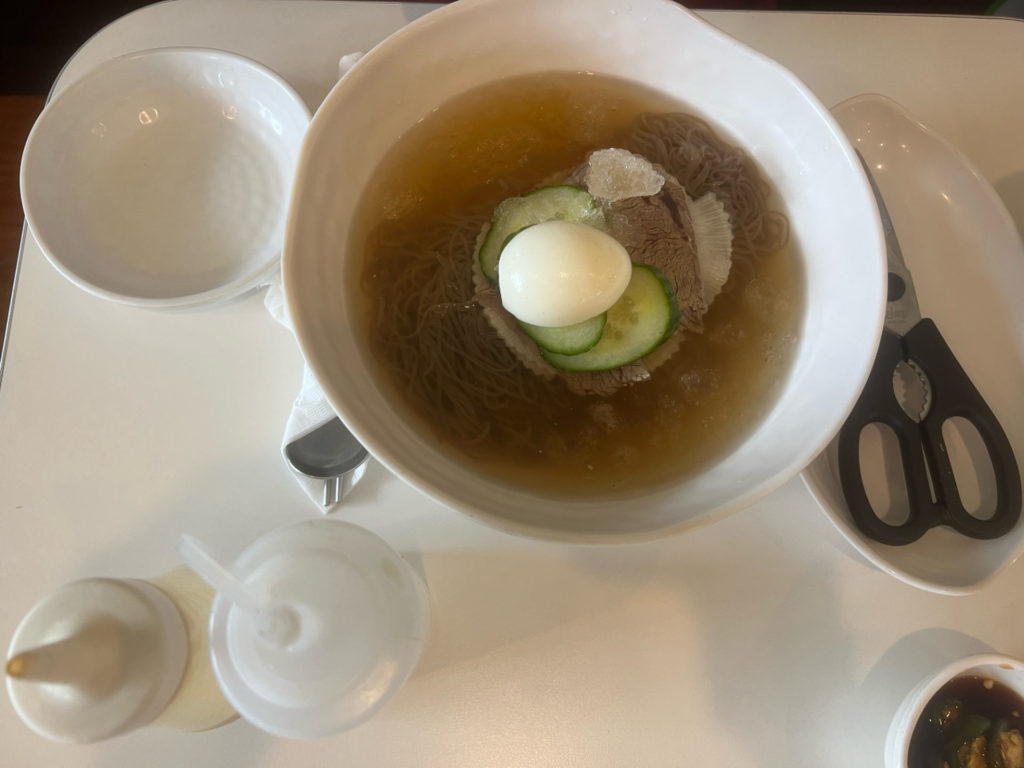
Last but not least, my husband had the muel naengmyun, which means cold water buckwheat noodles. This was a refreshing dish for a hot, humid summer day. He mixed vinegar and spicy mustard to taste and slurped up the noodles, and afterward, drank the icy broth. This paired well with the fried chicken.
You’ll notice that Korean food is often ice cold or steaming hot; there is no in-between, and this is because depending on the weather, food either warms you up or cools you down.
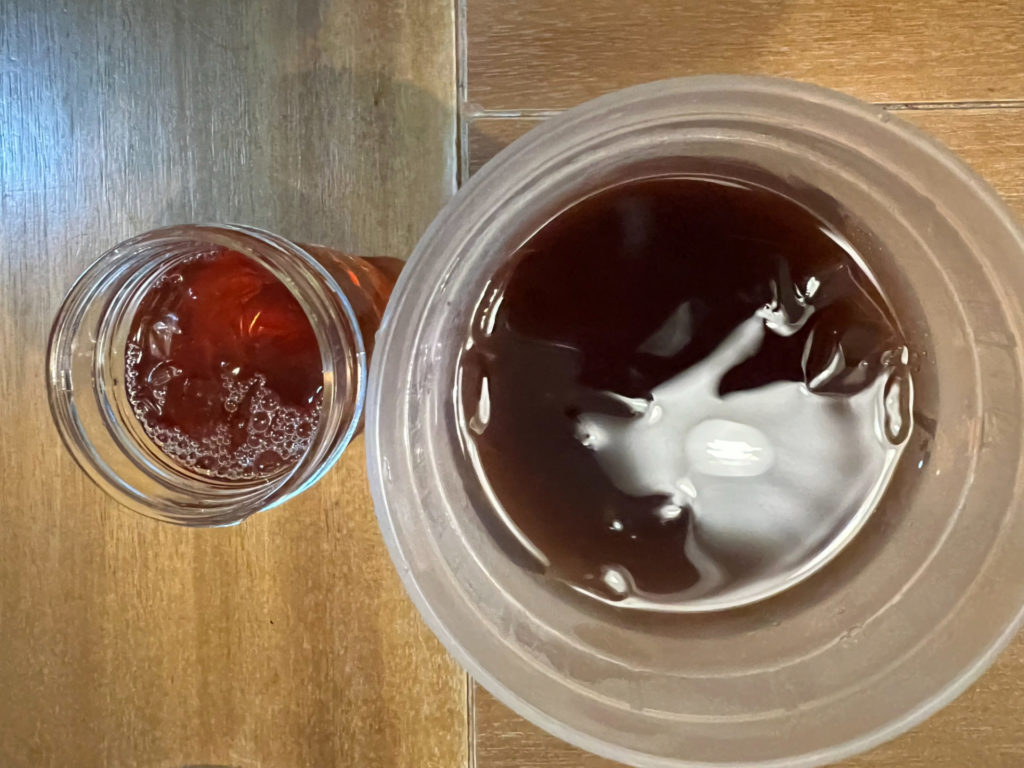
As a bonus treat, we ordered soo-jung-gwa. I never had this drink growing up and had this for the first time at San Maru. A friend recommended it to me and said she buys the soo-jung-gwa to-go containers and drinks them daily at home, so I had to give it a try. It was a homemade traditional Korean cold tea made from cinnamon, ginger, sugar, and dried persimmon. It was cool, refreshing, and multilayered with flavor. If you like cinnamon, this is the drink for you. They also have traditional shikeh, a homemade sweet rice punch. Now, I did have shikeh growing up, and this was such a treat and something I have fond memories of. It has pieces of rice at the bottom, and it was also perfect for a hot day and super sweet. The San Maru shikeh is delicious and brought back a floodgate of memories. You can purchase both of these drinks for $5.00 for dine-in and/or carryout.
As a Korean-American, Korean food is comfort food. It reminds me of my childhood and conversations around the kitchen table. I hope San Maru can bring a taste of Korean cuisine, culture, and comfort to your home as well.
Check out the full menu here.
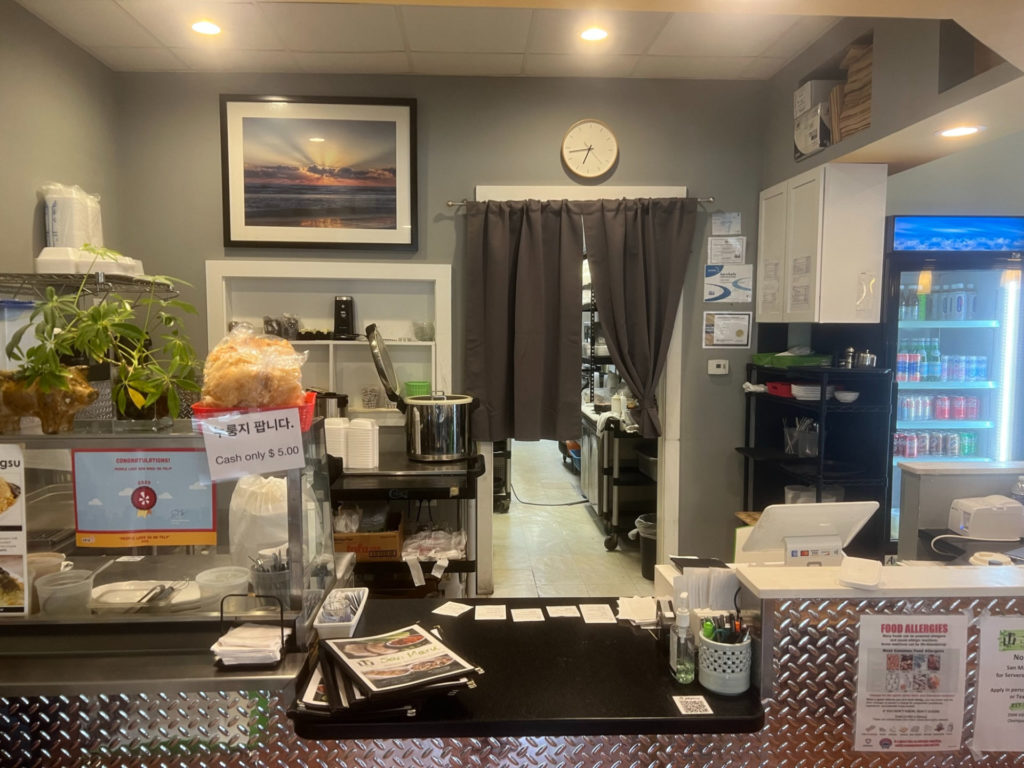
San Maru
2504 Village Green Pl
Champaign
T-Sa 11:00 a.m. to 2:30 p.m. + 4:00 p.m. to 8:30 p.m.








